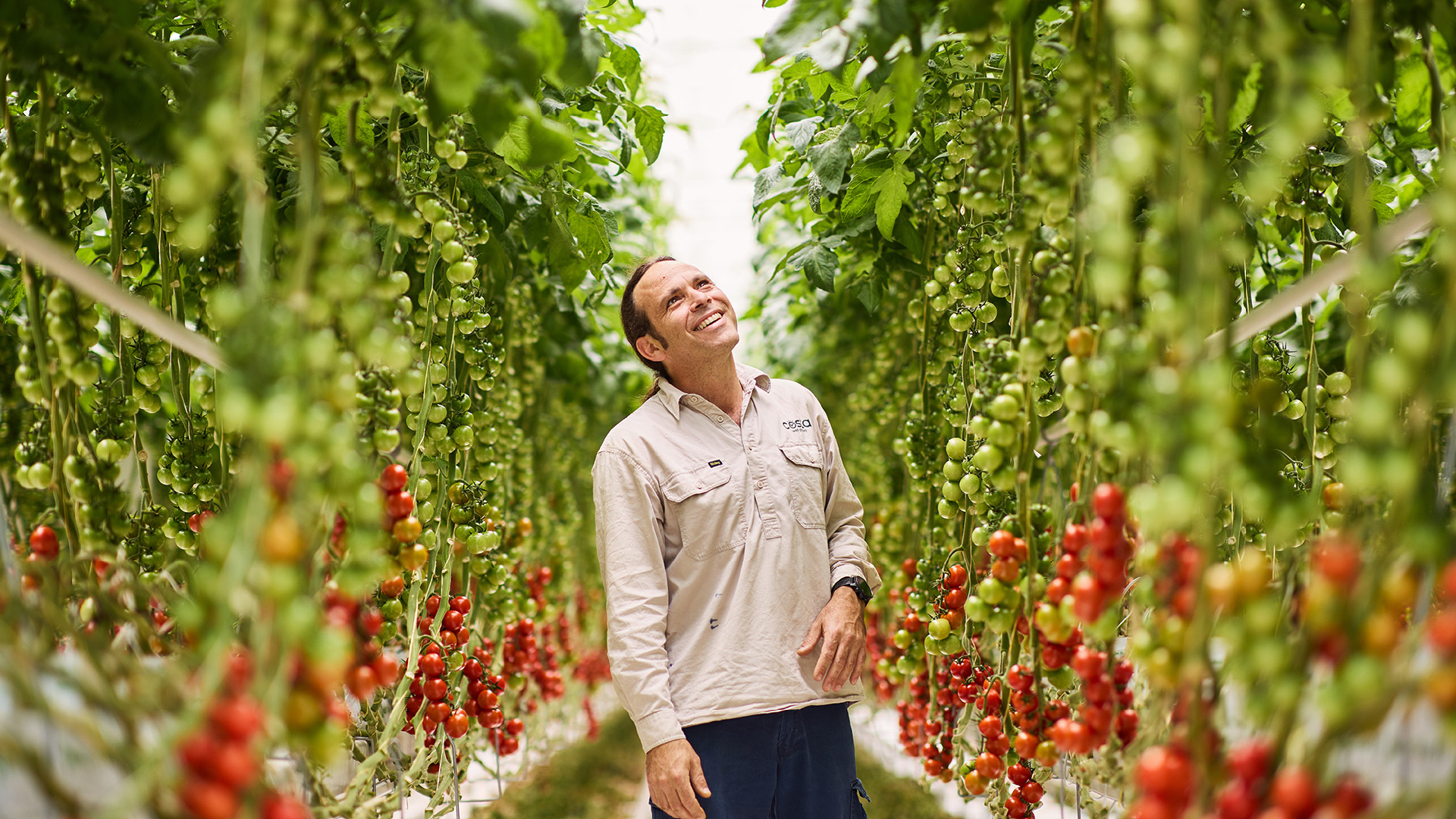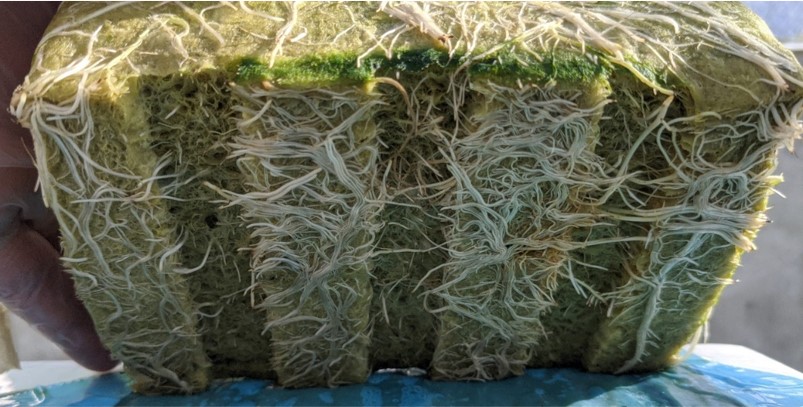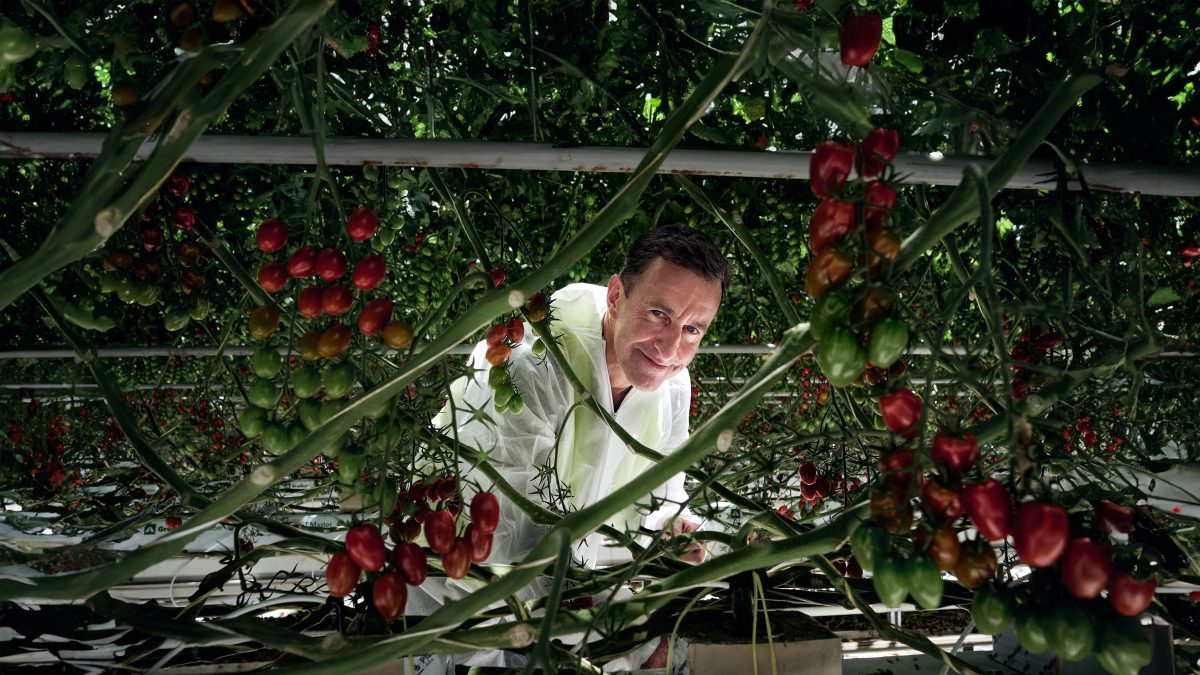Costa Group, one of Australia’s leading horticultural companies, identified a growing need to better understand and monitor the health of root microbiomes in hydroponically grown tomatoes. Unlike traditional soil-based agriculture, hydroponic systems offer a controlled, soilless environment where plants grow in nutrient-rich water. The dynamics of microbial life in such systems remain largely unexplored, making it difficult to assess plant health and respond to potential threats like diseases or imbalanced microbial communities.
Challenge
Solution
To address this challenge, a collaborative research project was launched under the guidance of Dr Winter in partnership with Costa staff. The team aimed to characterise the microbial communities present in hydroponic systems and develop a method to monitor their behaviour over time. The results revealed that hydroponic systems can support microbial communities as diverse as those found in soil. However, the composition of these communities differs from soil-based systems, particularly in early growth stages. As hydroponic crops mature, their microbiomes begin to resemble those of soil-grown plants, especially when the crops remain healthy. The research also found that the age of the crop is the most influential factor in shaping the microbiome and identified beneficial fungi such as Trichoderma species as key players in maintaining microbiome balance in hydroponic systems.

Impact
The project delivered critical insights that lay the groundwork for the development of diagnostic tools to monitor root microbiome health in hydroponic crops. By establishing a clearer understanding of how microbial communities evolve in water-based systems and how they are affected by external factors, the research provides a valuable foundation for improving crop health management. This could allow growers to proactively detect microbial imbalances, improving both crop yields and disease resistance. The support from the CRC program played a vital role in facilitating this research and moving the industry toward practical, science-based solutions.

“The top block is a little cube, and then there’s the slab under it. We sample both roots and rockwool by drilling ‘core holes’ into the slab,” Dr Winter says. Credit: Phil Thomas/ UNE
Prospects
The next phase of research will focus on refining test methods to enhance their accuracy and usability. This involves improving culture-based and enzyme-based assays to better distinguish between healthy and unhealthy microbiomes. The development of a simple, rapid testing protocol will be a game-changer for hydroponic growers, enabling real-time monitoring and more informed management decisions. With continued advancements, these tools could become standard in hydroponic farming, ensuring more resilient, productive, and sustainable crop systems.





